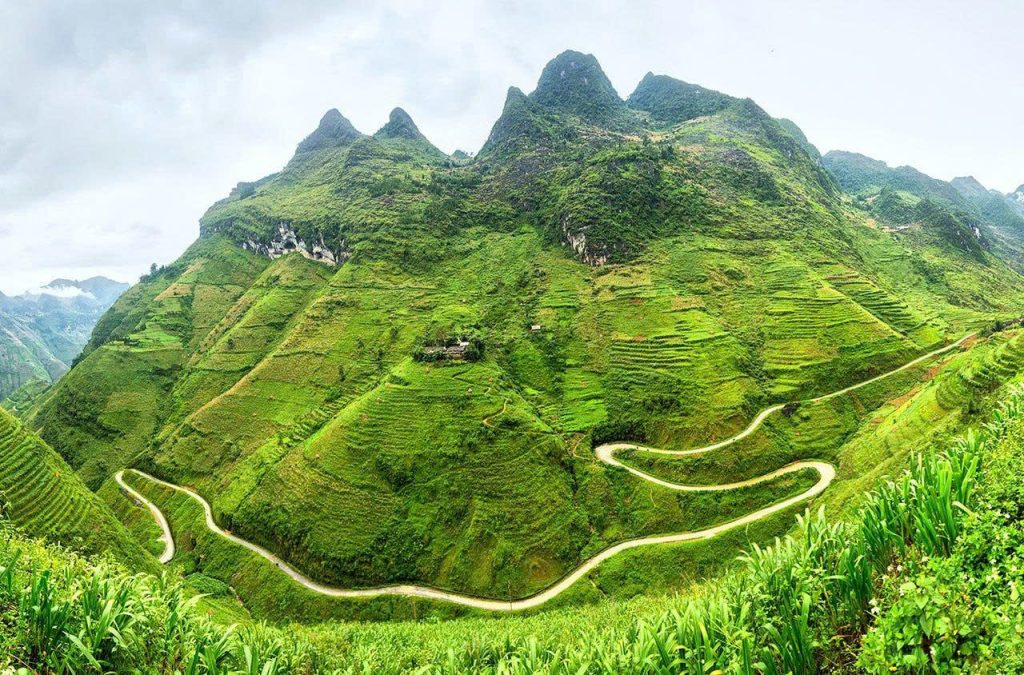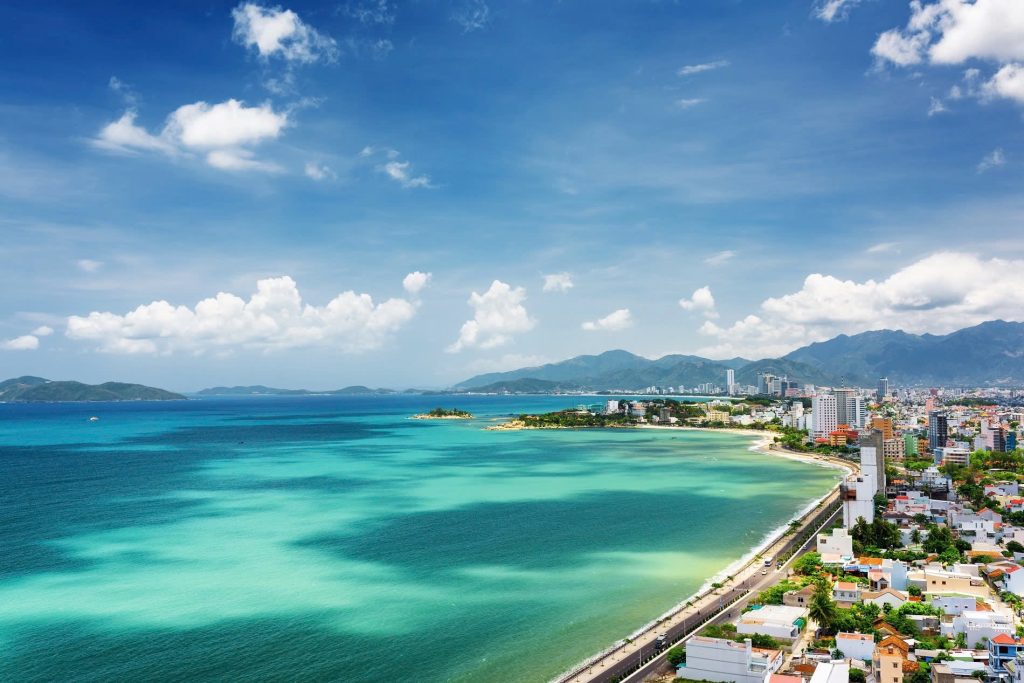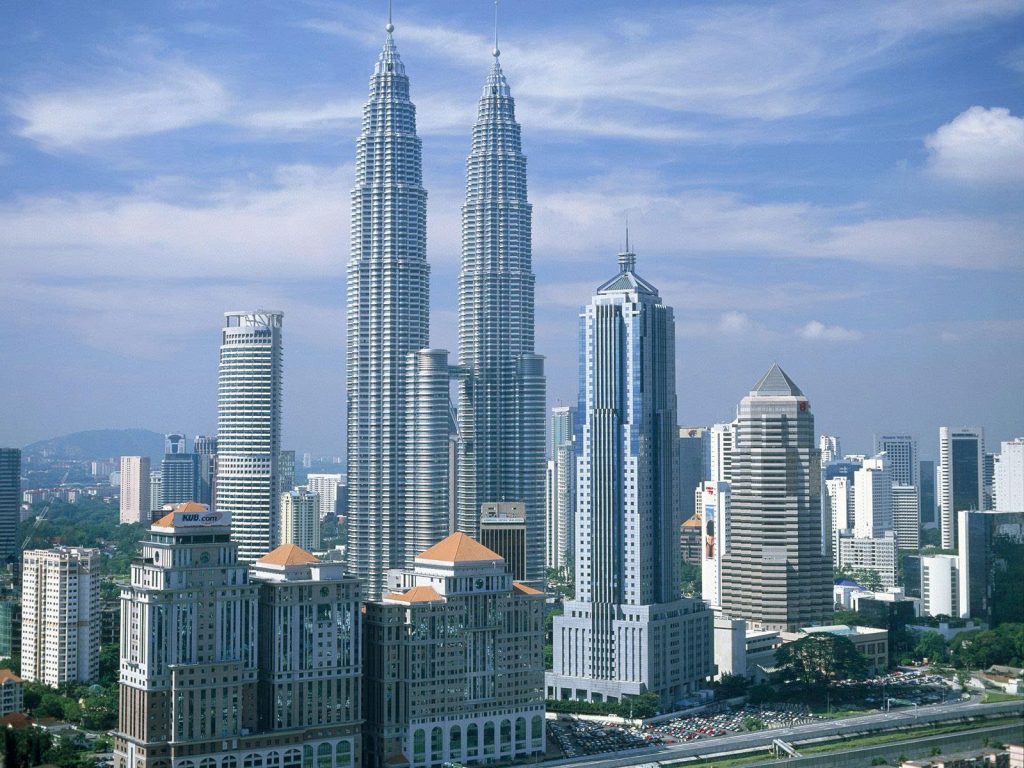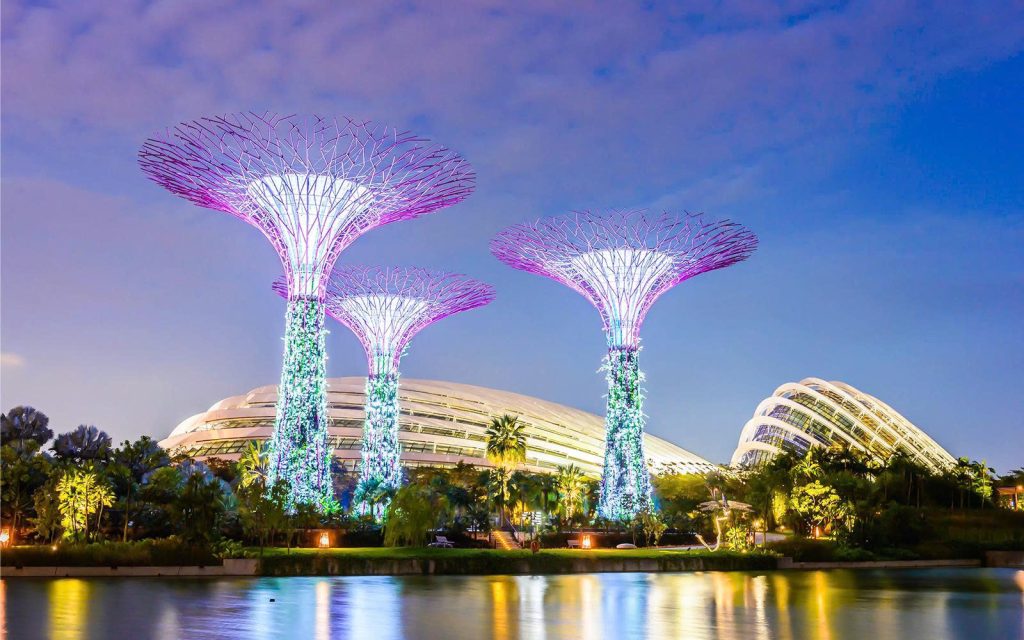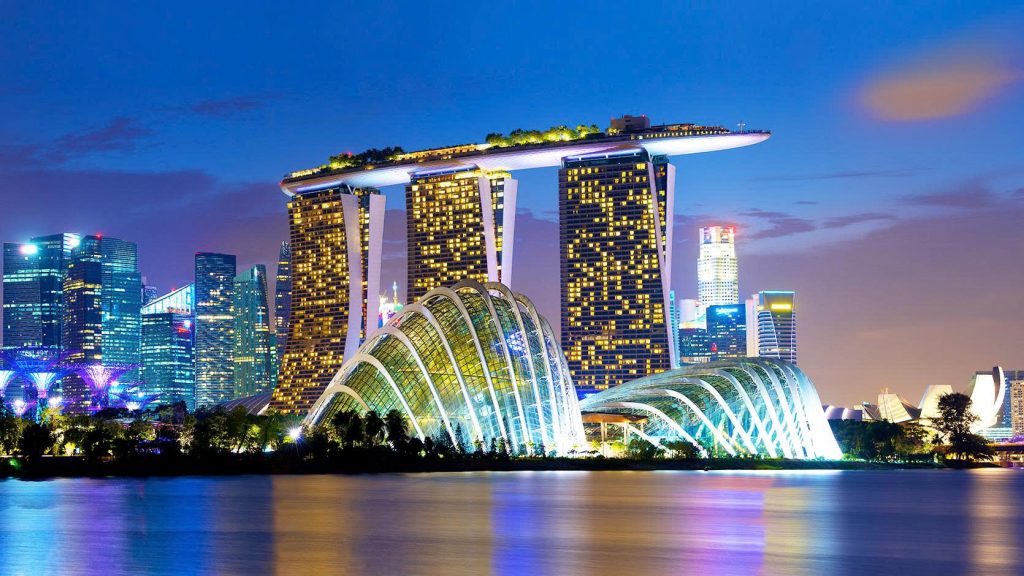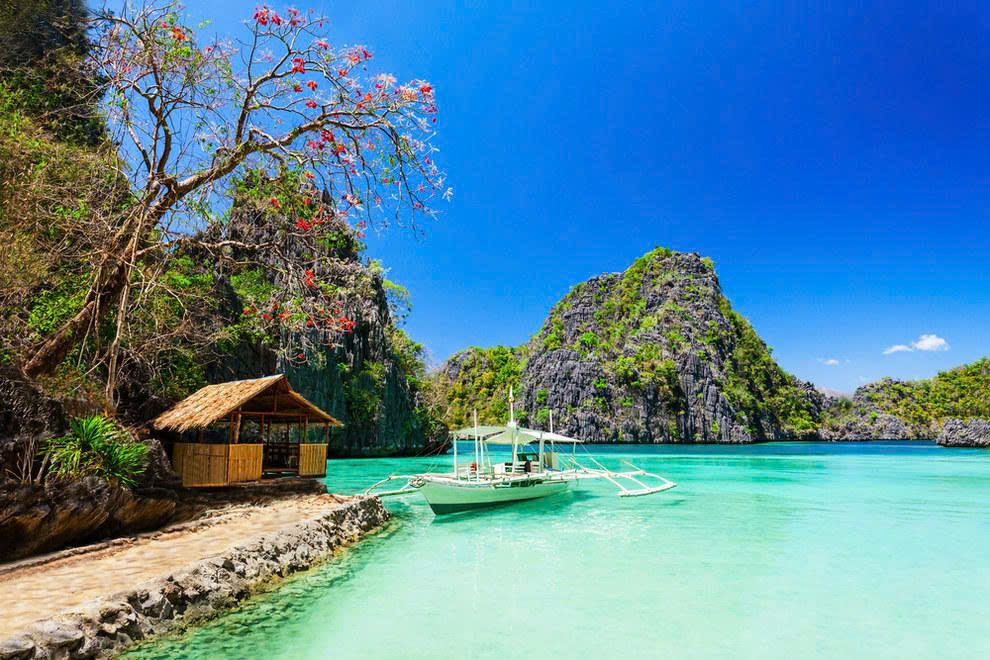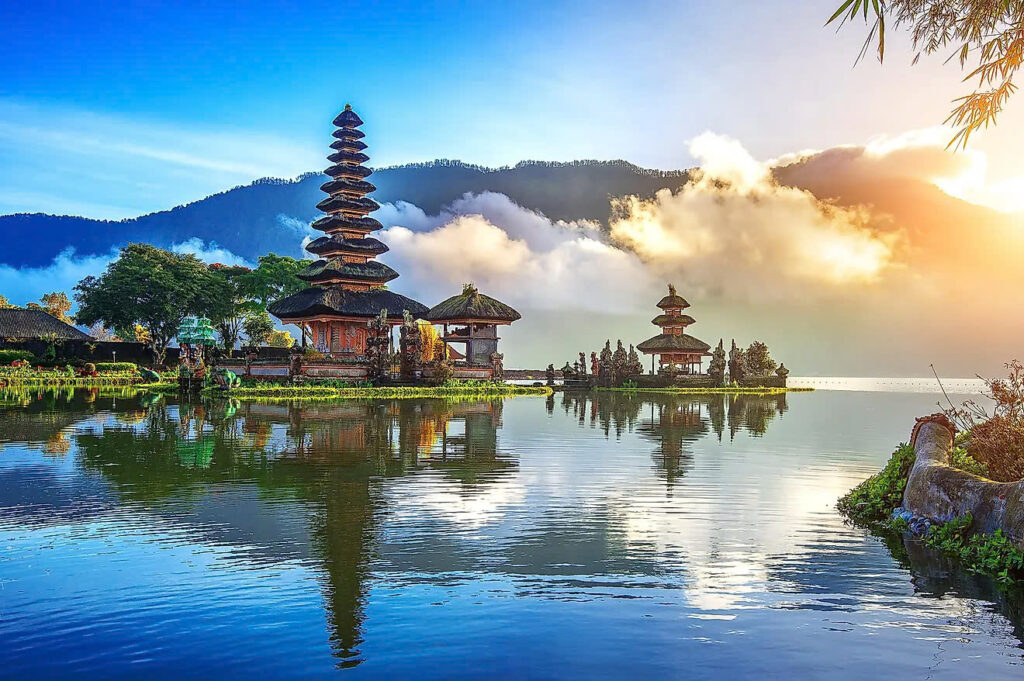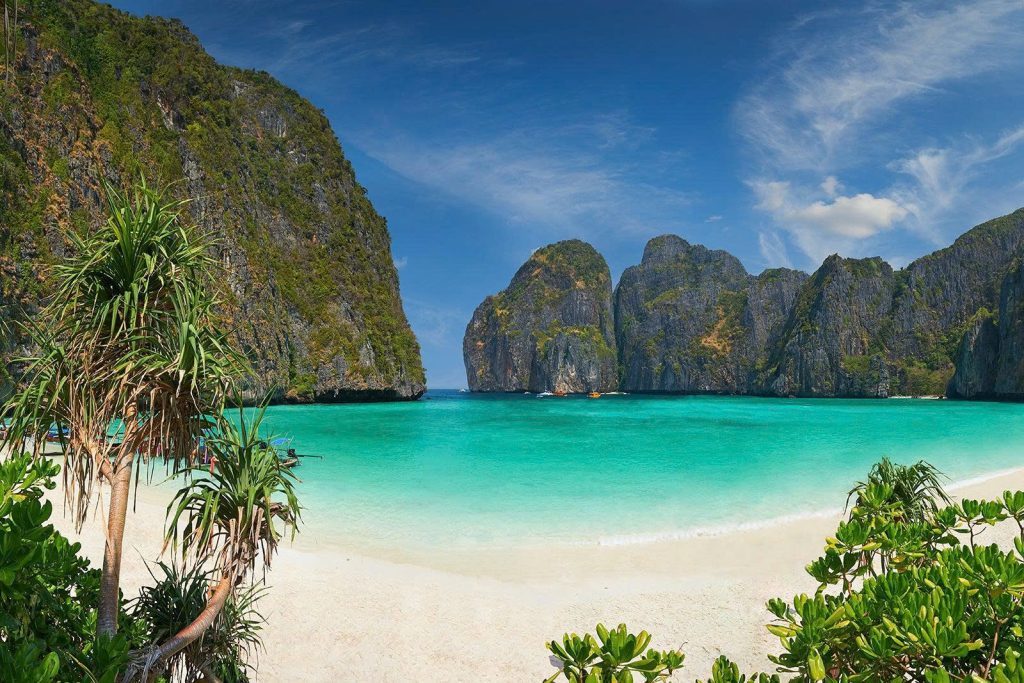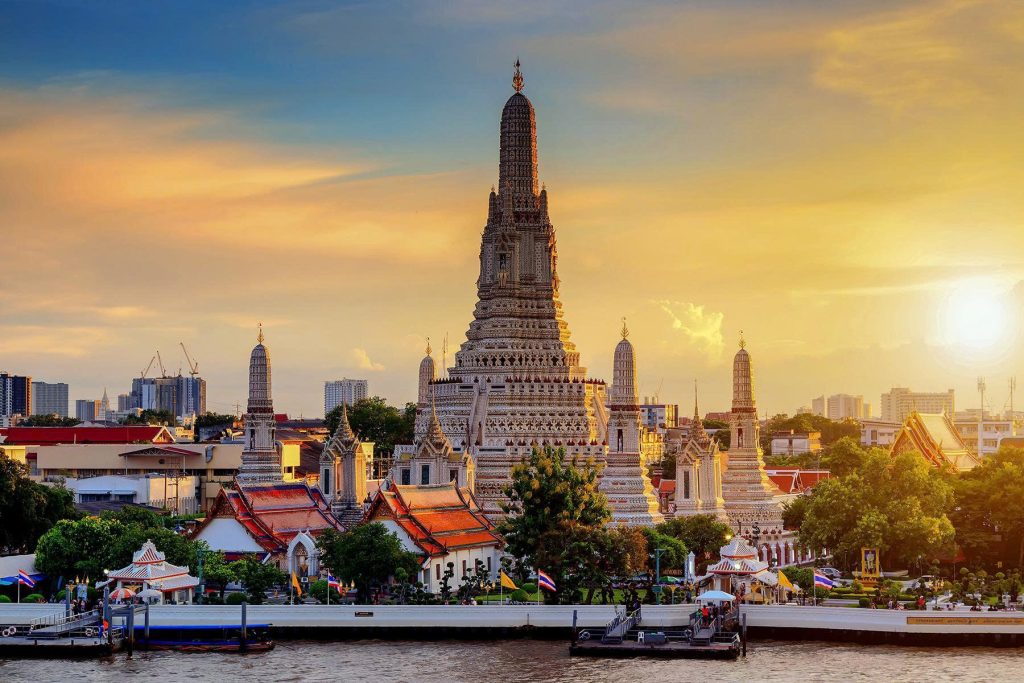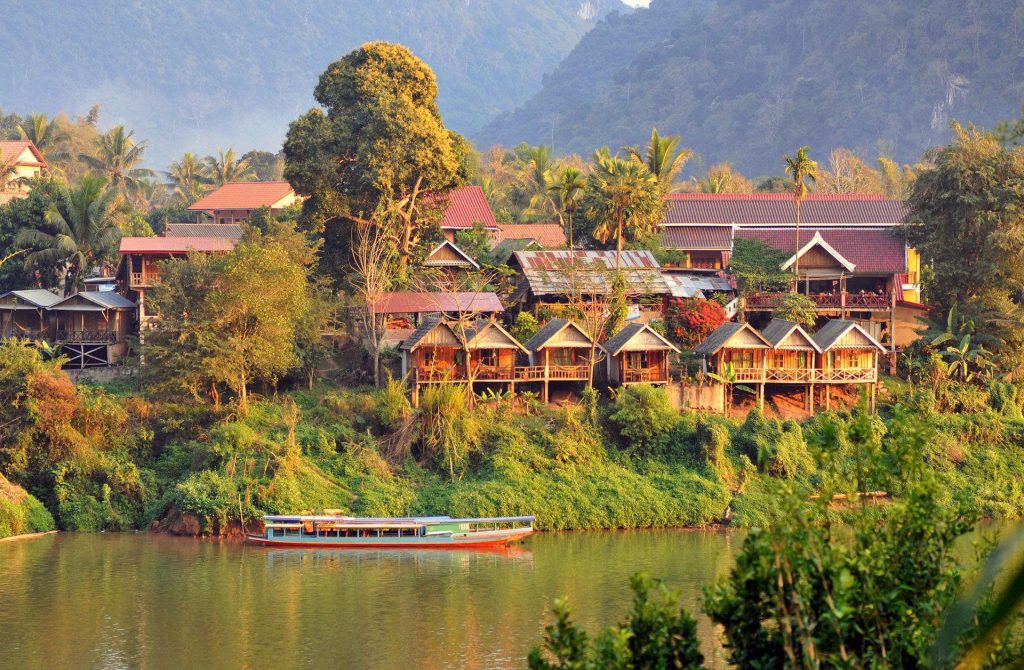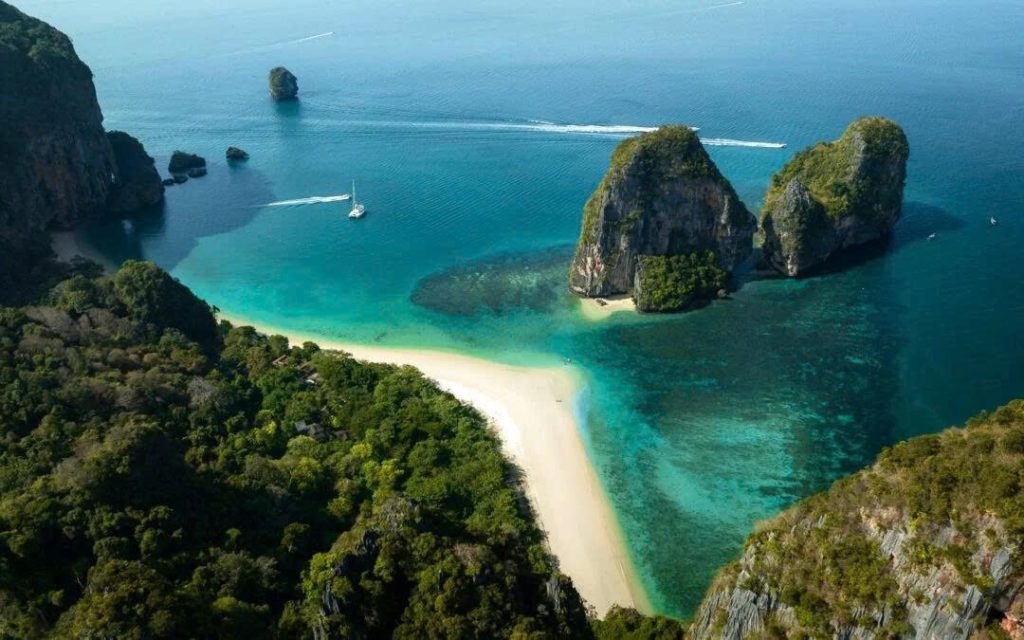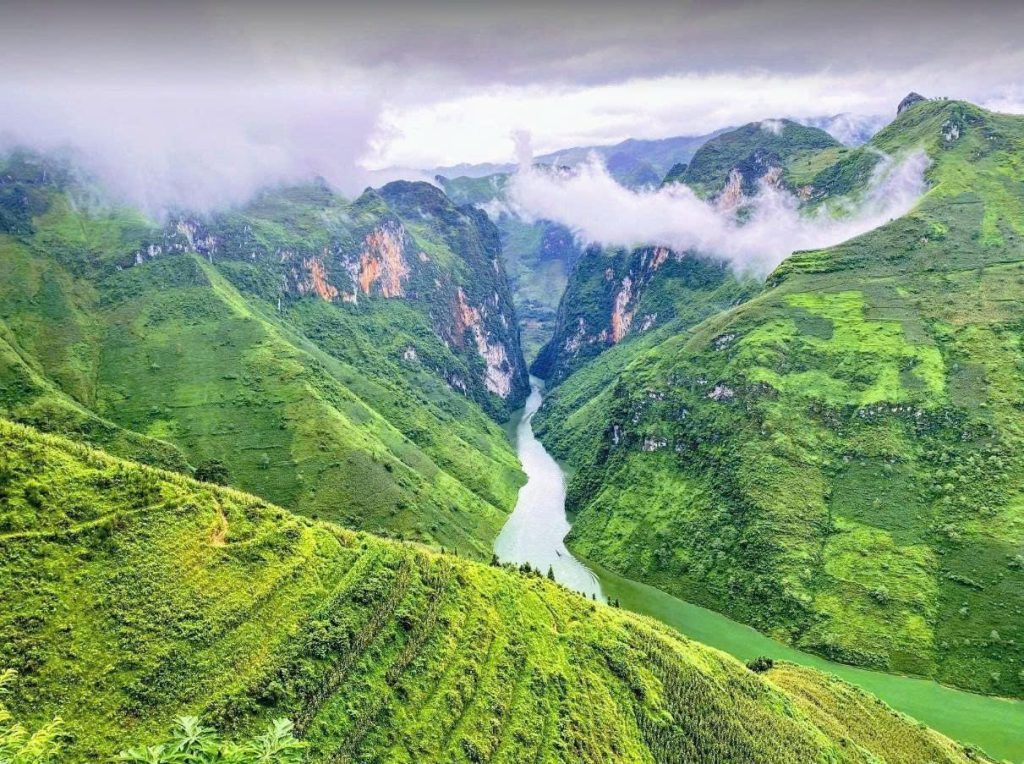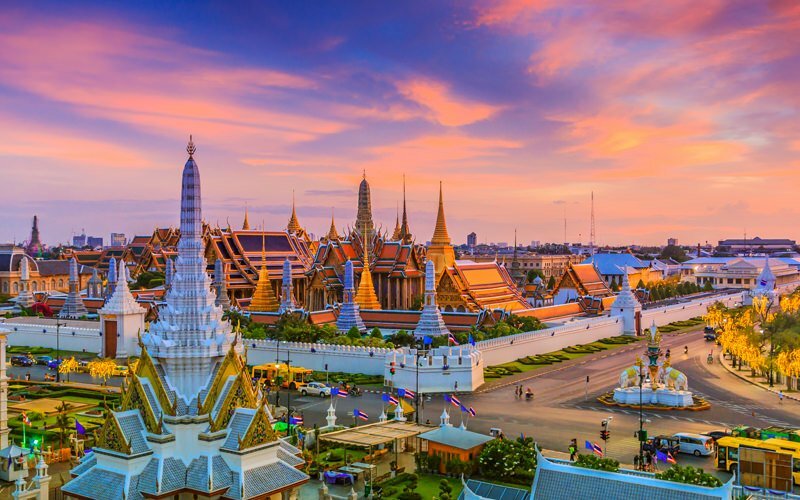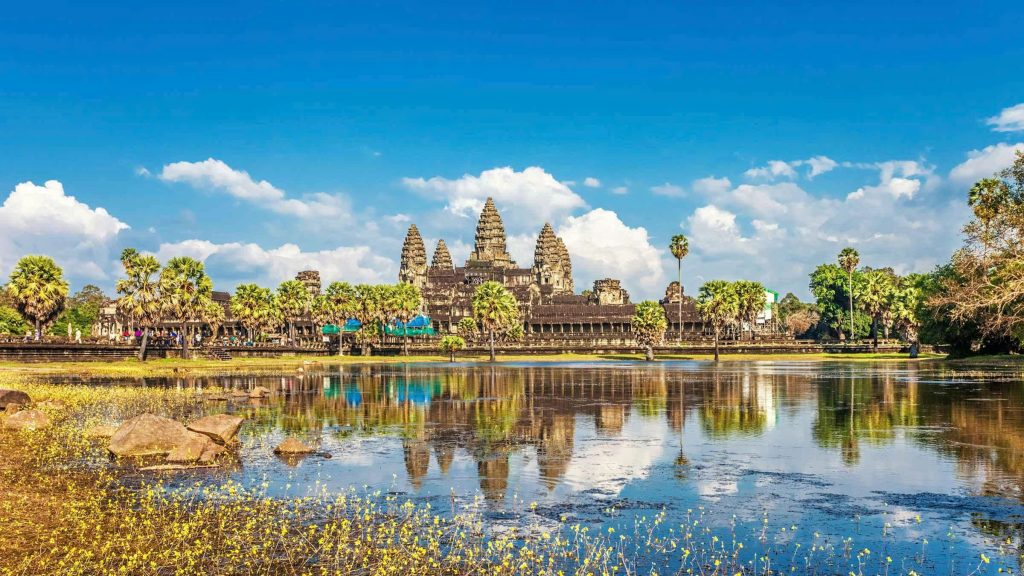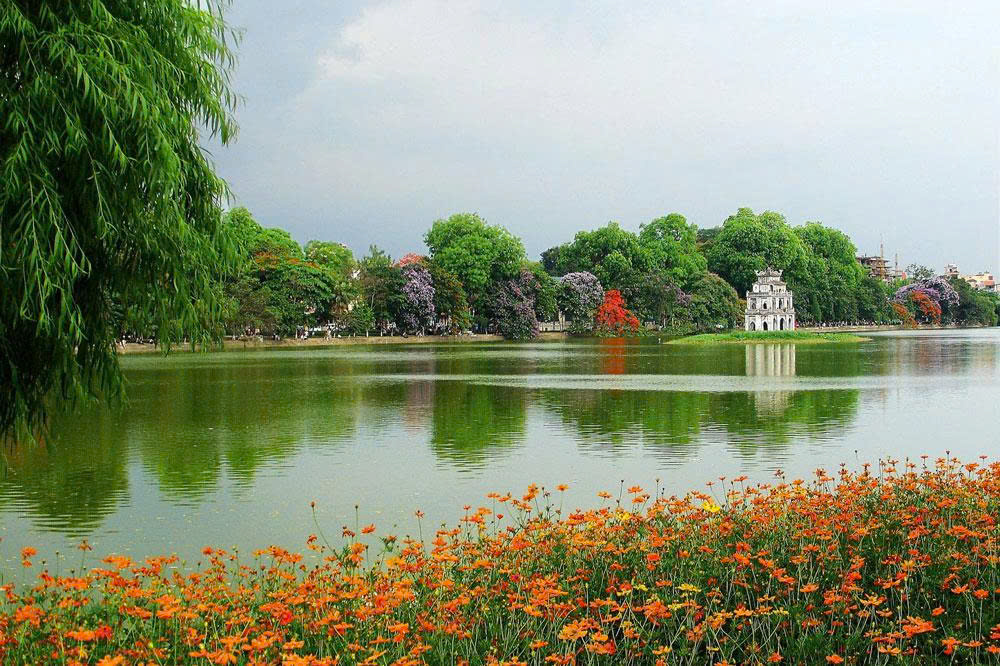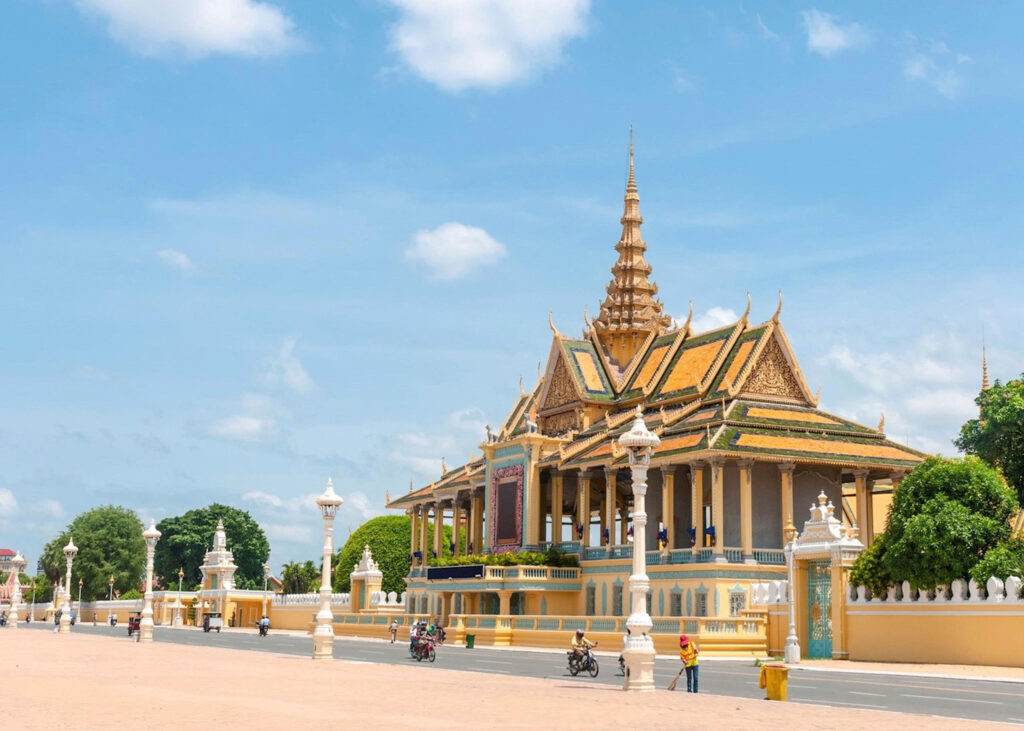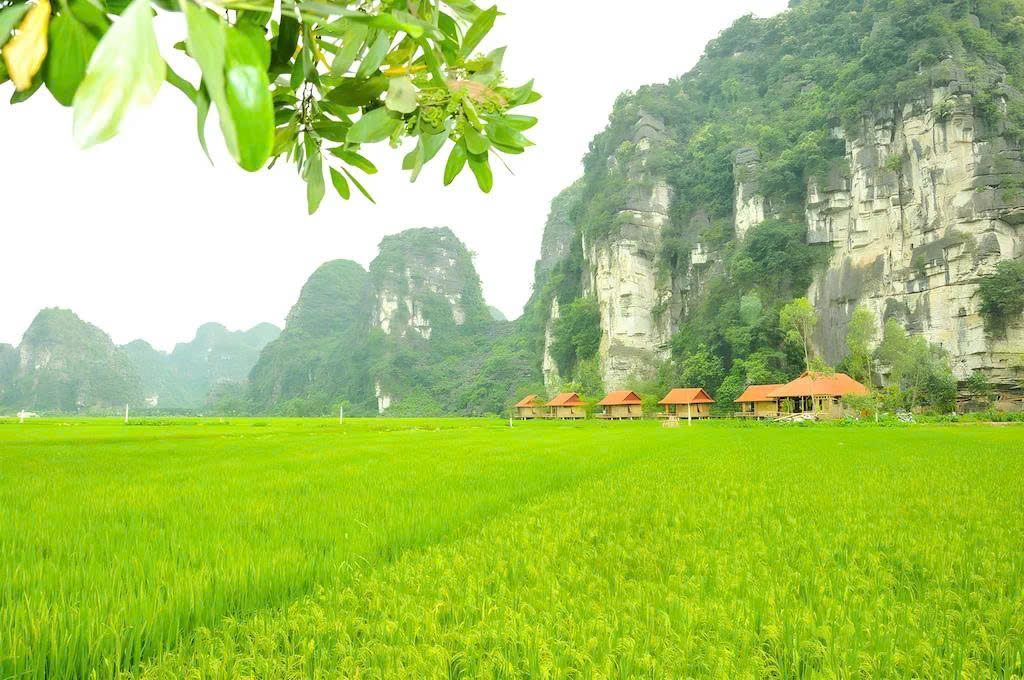Vietnam and Cambodia: two countries that offer the ultimate Southeast Asian motorbiking experience. This is more than just a trip; it’s a challenging, rewarding journey that puts you directly in the heart of the culture and landscapes. From navigating the mountain passes of the Ha Giang Loop to exploring the ancient temples near Siem Reap, tackling this journey requires serious preparation.
1. Pre-Trip Planning and Essential Documents
Legal compliance is the most crucial, and often confusing, part of planning. Get this right, and the rest of your trip will be smooth.
Required Licenses and Permits
The single most confusing aspect for foreigners is the driving license.
- The International Driving Permit (IDP): Officially, Vietnam and Cambodia require an IDP based on the 1968 Vienna Convention. However, enforcement is inconsistent.
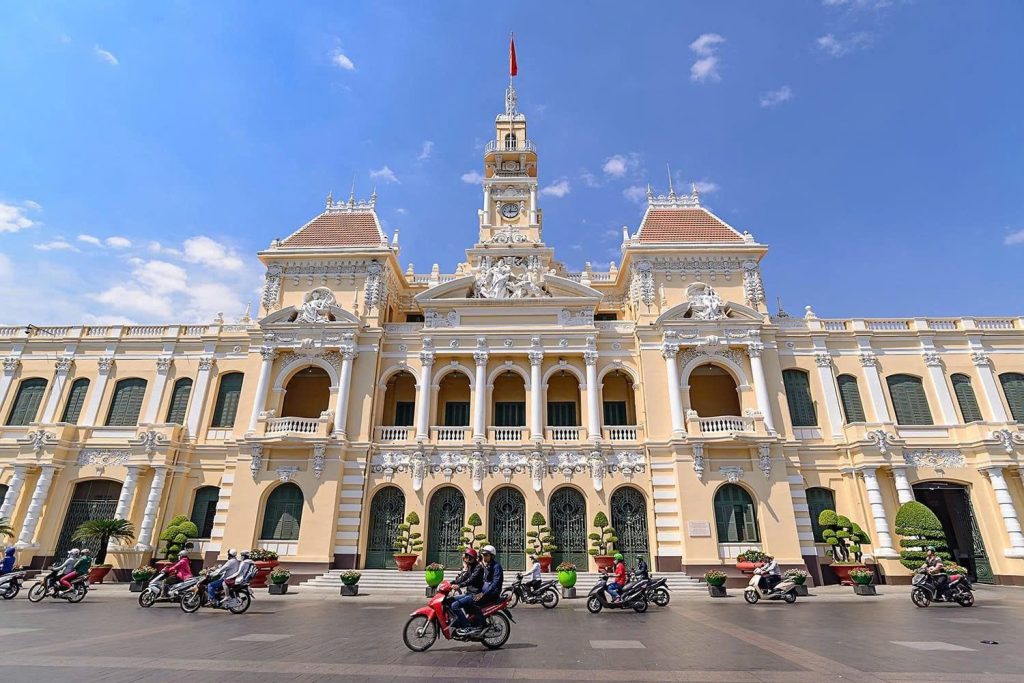
-
- Tip: Get an IDP from your home country before you leave. While police might not always ask for it in remote areas, it is absolutely essential if you are involved in an accident, as insurance companies will not pay out without one.
- Local License: Foreign visitors cannot easily obtain a local Vietnamese or Cambodian driving license. The IDP is your best (and only) official bet.
Insurance and Safety Net
Standard travel insurance often excludes accidents sustained while riding a motorcycle, especially if you do not hold a valid license in your home country that covers the engine size you are riding.
- Tip: Purchase specialized travel insurance (like SafetyWing or World Nomads) that explicitly covers motorbike accidents and emergency medical evacuation (which is vital given the remote nature of some routes).
- Third-Party Liability (TPL): Local TPL insurance exists, but the payout limits are often negligible. Do not rely solely on it.
Vehicle Registration
If you buy a bike in Vietnam, you must have the Blue Card (Cavet) for the bike. This is the registration document containing the engine and chassis numbers.
- Legal Warning: Traveling without the matching Blue Card risks the bike being impounded, especially at police checks or provincial borders. Always check the numbers match the bike frame.
2. Renting, Buying, and Choosing Your Bike
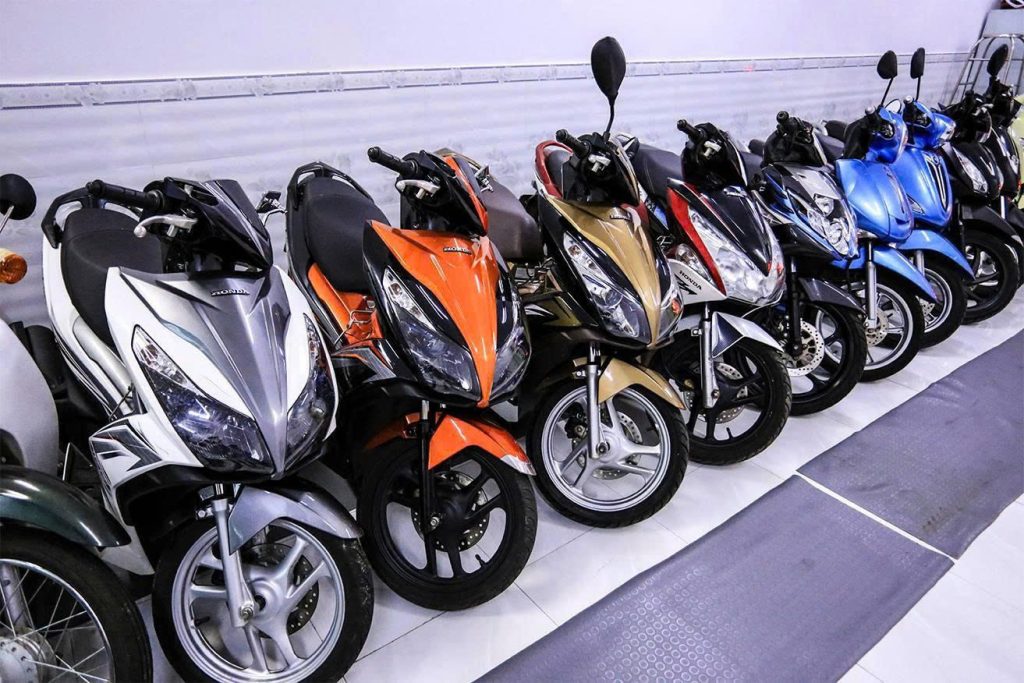
The vehicle you ride dictates your route, comfort, and safety.
Buying vs. Renting: Which is Best for You?
| Option | Pros | Cons | Best for… |
| Buying | Full control over maintenance; can sell it at the end; often cheaper for trips over 1 month. | High initial time investment; mechanical risks; time needed to sell. | Long-term travelers (4+ weeks) doing a one-way trip (e.g., Hanoi to Ho Chi Minh City). |
| Renting | No resale hassle; reliable maintenance from reputable company; better bike quality. | Expensive for long trips; requires returning to the start city (or paying a one-way drop-off fee). | Short trips (under 4 weeks) or those focused on a single loop (like Ha Giang). |
Choosing the Right Model
Forget the heavy superbikes; the roads demand light and maneuverable transport.
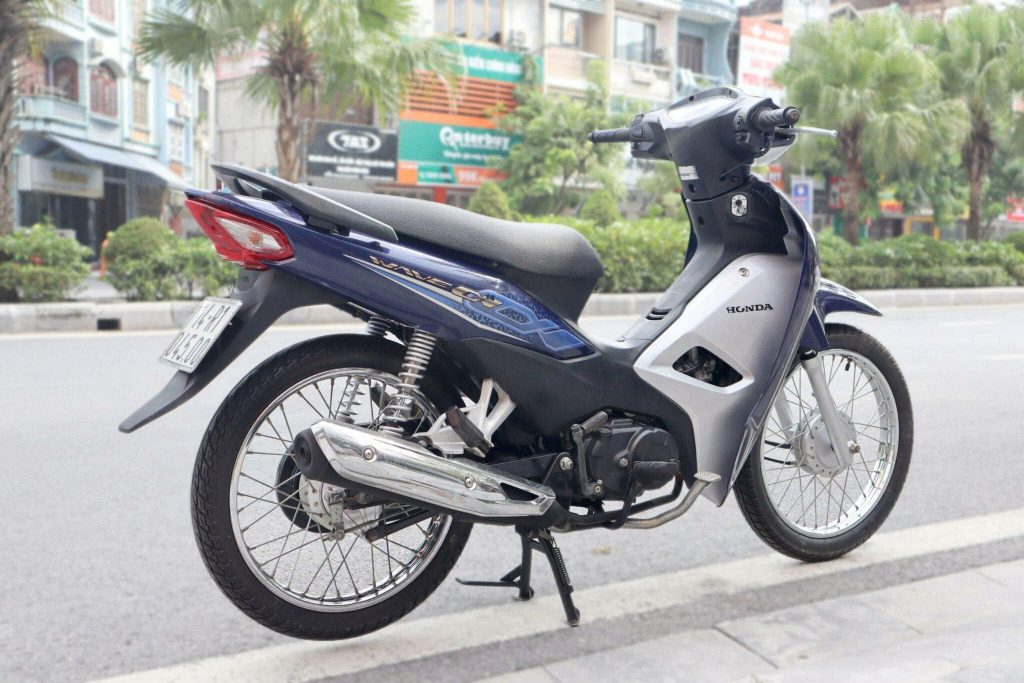
- The Semi-Automatic (Honda Wave/Blade): The ultimate choice. Easy to fix, widely available, and suitable for 90% of Vietnamese/Cambodian roads. Great for beginners.
- The Honda Win (or Chinese Fake): Cheap, backpacker cliché. While romantic, they are mechanically unreliable and require constant tinkering. Avoid for long journeys unless you are an experienced mechanic.
- Dirt/Adventure Bikes (e.g., Honda XR, Suzuki DR): Ideal for advanced riders tackling serious off-road terrain, particularly in the Cardamom Mountains of Cambodia or the deep North of Vietnam.
The Ultimate Vietnam Motorcycle Routes
Vietnam offers the most iconic and demanding rides in Southeast Asia.
The Legendary Ha Giang Loop
This is a mandatory Entity for any serious rider. Located in Northern Vietnam, near the border with China, this 350km loop is widely considered the best mountain pass riding in Asia.
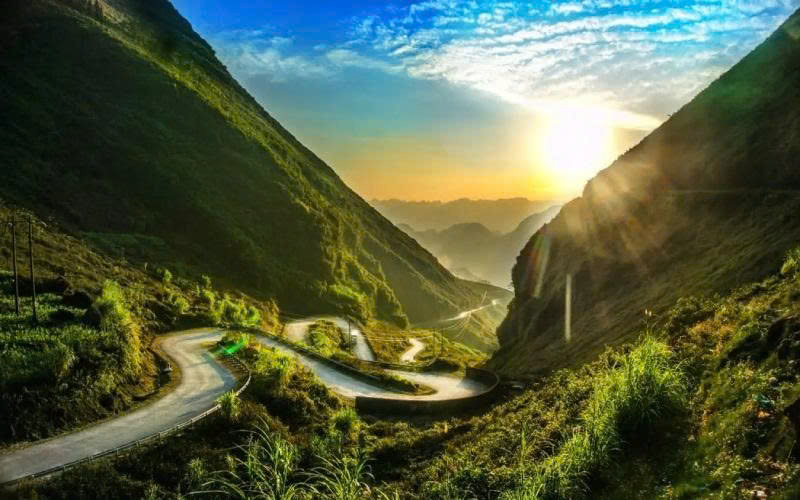
- Don’t Miss: The breathtaking views from the Ma Pi Leng Pass and navigating the tight corners of the Tham Ma Slope.
- Tip: Allow a minimum of 4 days for the loop. Go clockwise to save the Ma Pi Leng Pass for the final day. Do not ride at night; roads are poorly lit and often have roaming livestock.
Riding the Ho Chi Minh Trail
This historic route runs inland, parallel to the coast, connecting North and South Vietnam. It offers better scenery and less heavy truck traffic than the coastal Highway 1A.
- Highlights: The pristine jungles of Phong Nha-Ke Bang National Park and the historic military sites near Khe Sanh.
- LSI Keyword Integration: Plan your route using the lesser-known Western Ho Chi Minh Road sections for the most challenging and rewarding ride.
Hai Van Pass
Made famous by Top Gear, this 21km pass connects Da Nang and Hue.
- Other Options: Combine this with the Coastal Route south of Hoi An to Quy Nhon for spectacular, quiet beach roads.
4. Key Cambodia Motorcycle Adventure Routes
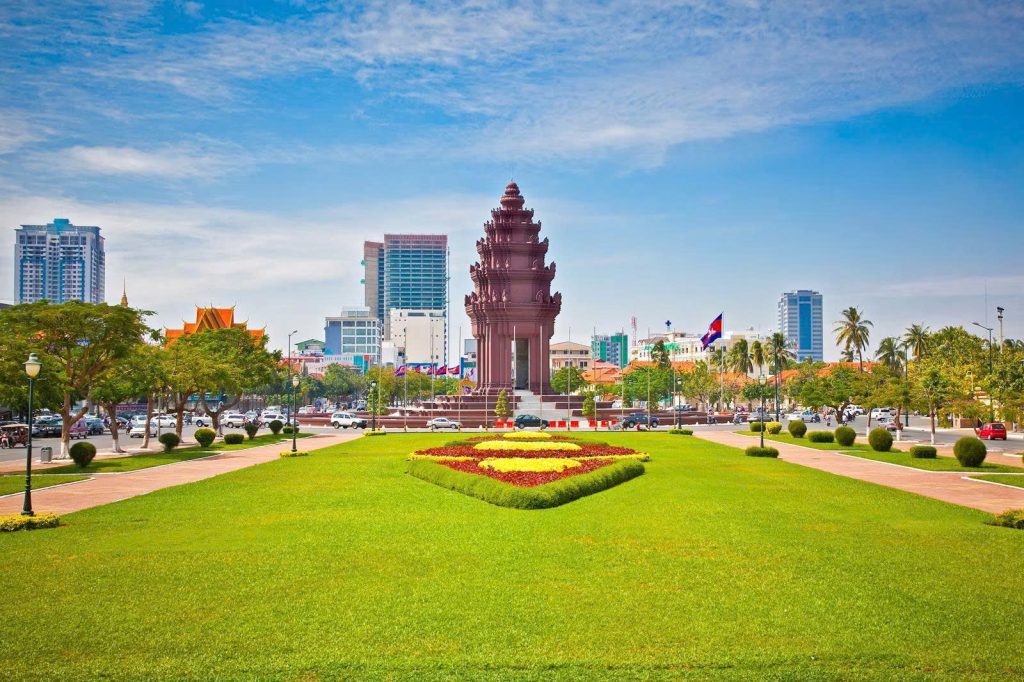
Cambodia is flatter but often more rugged, requiring patience and a good dust mask.
Phnom Penh to Siem Reap Route Tips
The main route via Highway 6 is the fastest but mostly flat and straight.
- Importance: For a more cultural experience, take the longer route via Kampong Thom to see the pre-Angkorian temples of Sambor Prei Kuk.
Off-Roading in the Cardamom Mountains
For experienced riders seeking true adventure, the Cardamom Mountains in Southwestern Cambodia offer dense jungle and challenging dirt roads.
- Highlights: Visit the community-based ecotourism site of Chi Phat. This area requires a reliable dirt bike and serious preparation for mud during the wet season.
The Southern Coastal Loop
Starting from Phnom Penh, head to Kampot (famous for pepper plantations) and Kep (famous for crab markets).
- Local Name: The route between Kampot and Kep offers stunning views of Bokor Mountain and the Gulf of Thailand.
5. Border Crossing and Safety Protocols
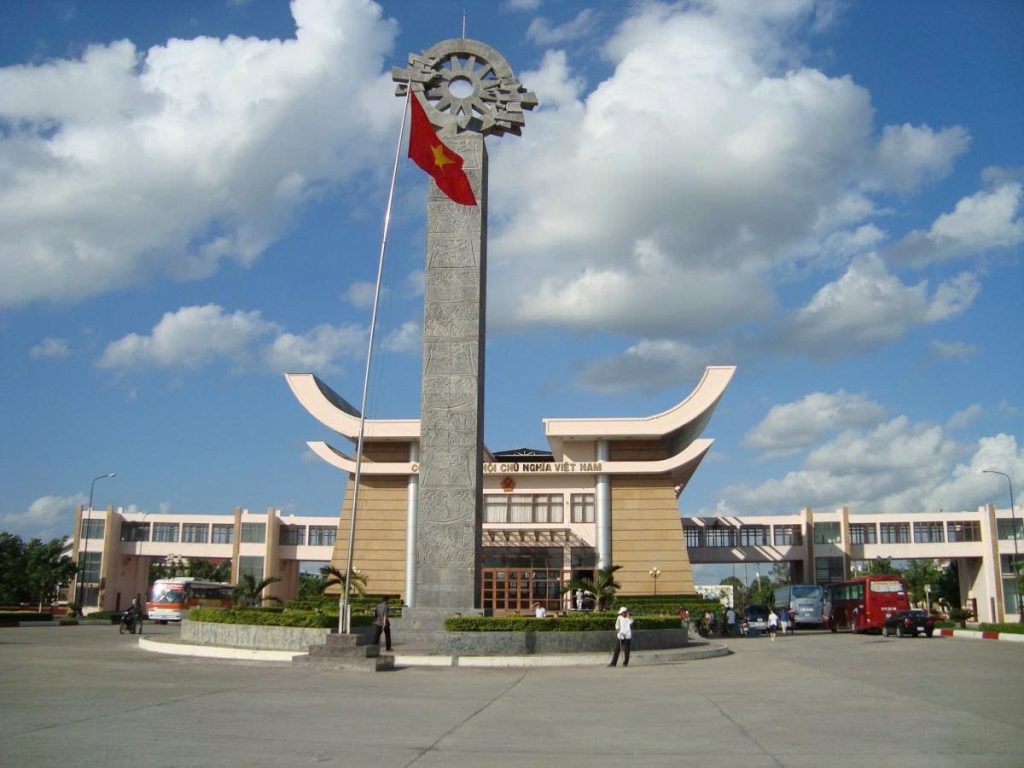
Crossing borders with a foreign-bought or rented motorcycle is the trickiest part of this trip.
Vietnam to Cambodia Border Crossings
While many travelers succeed, it remains a legal grey area and depends heavily on the specific border checkpoint and the mood of the customs officer.
Recommended Crossings (Higher Success Rate):
-
- Moc Bai (Vietnam) / Bavet (Cambodia): The most common and busiest crossing between Ho Chi Minh City and Phnom Penh.
- Tinh Bien (Vietnam) / Phnom Den (Cambodia): A good option if traveling toward Kampot.
Safety Warning: Be prepared to pay a “fee” (bribe) ranging from $10–$50 USD. Keep small, crisp US dollar bills ready, and remain polite but firm. Never volunteer the fee; wait until it is requested.
Road Safety and Local Traffic Laws
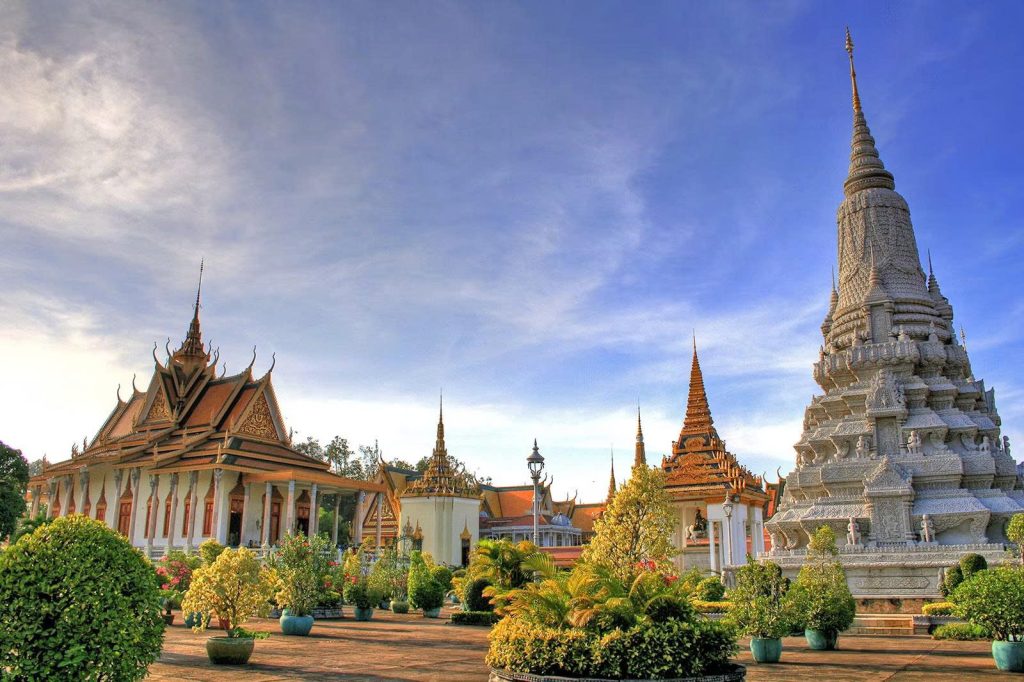
Driving in Vietnam and Cambodia is defensive, chaotic, and demands maximum attention.
- Golden Rule: Expect the unexpected. Traffic from side roads, livestock, and vehicles passing you on blind corners are common.
- Expert Tip: In cities, ride slowly and predictably. Use your horn frequently (not aggressively, but as a “Hello, I’m here” warning).
Essential Packing List
Beyond your gear, ensure you have:
- Basic Tool Kit: Pliers, adjustable wrench, spark plug wrench, and puncture repair kit.
- Protective Gear: A full-face helmet (not the ‘coconut’ helmet), riding gloves, and boots. Jeans and a sturdy jacket are non-negotiable for protection against road rash.
- Navigation: Offline maps (Google Maps/Maps.me) and a sturdy phone mount.
RELATED: How to Travel from Ho Chi Minh City to Phnom Penh
Motorcycling through Vietnam and Cambodia is an unparalleled adventure, offering a level of freedom and immersion unavailable through any other means of transport.
By addressing the critical logistics—securing your IDP, purchasing the right insurance, knowing your Blue Card status, and planning your route around the Ha Giang Loop and Cambodian coastal trails—you have laid the authoritative foundation for a safe and incredible journey.

